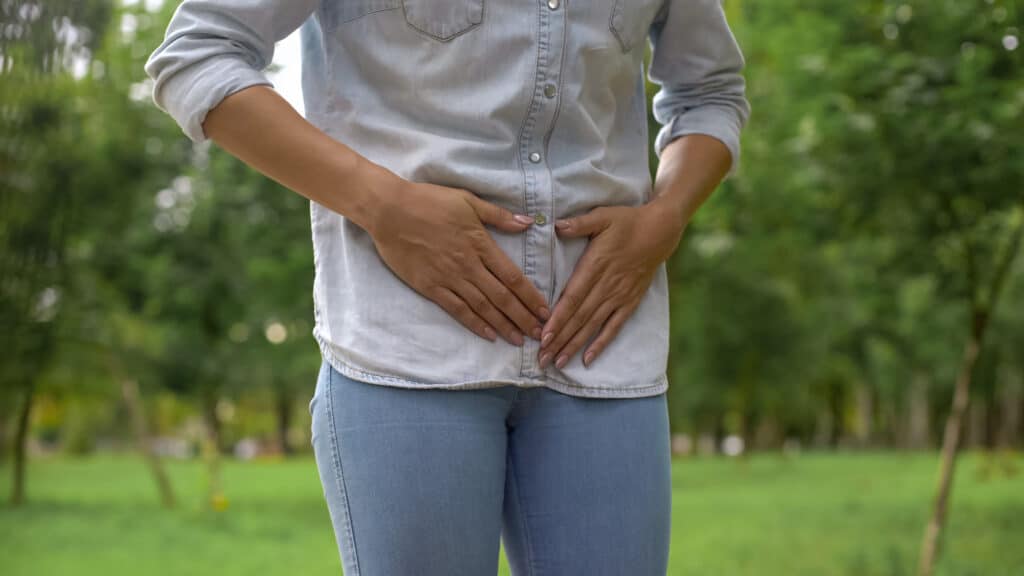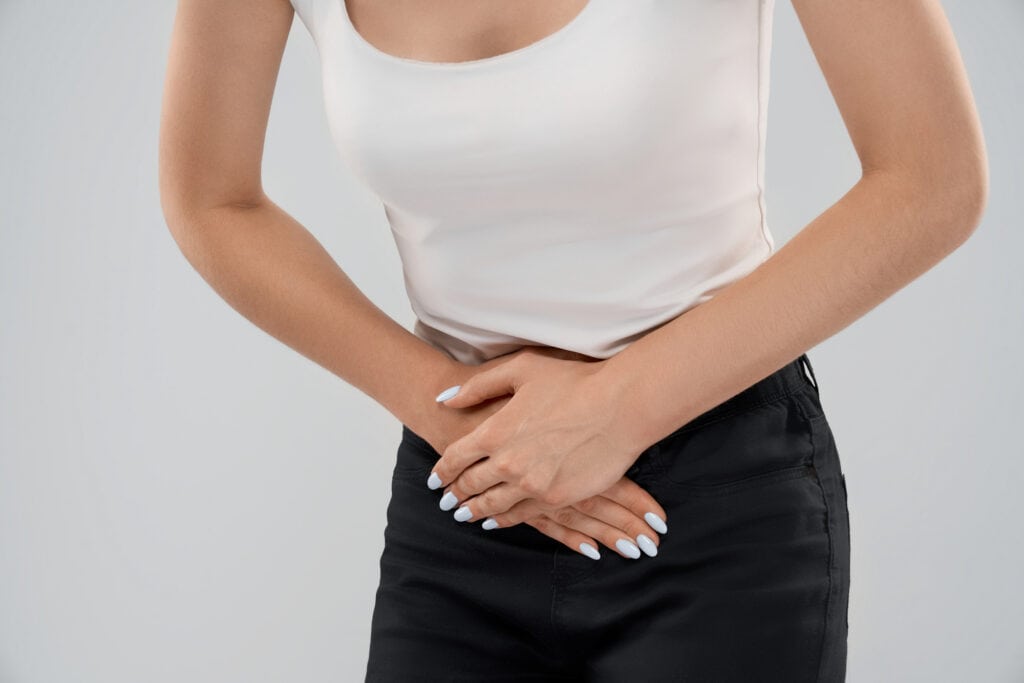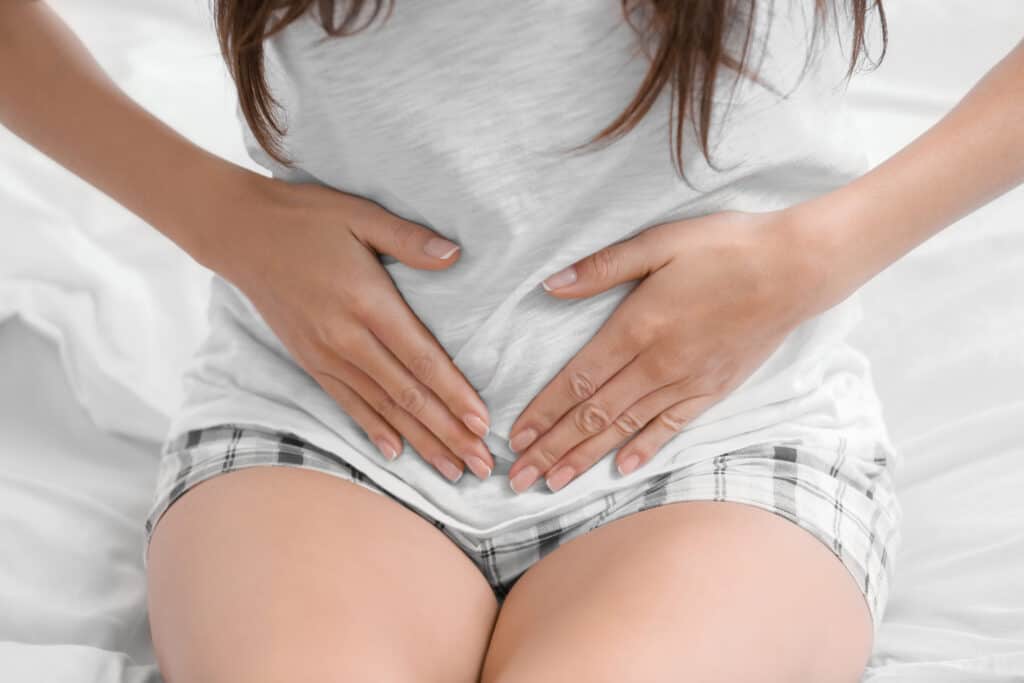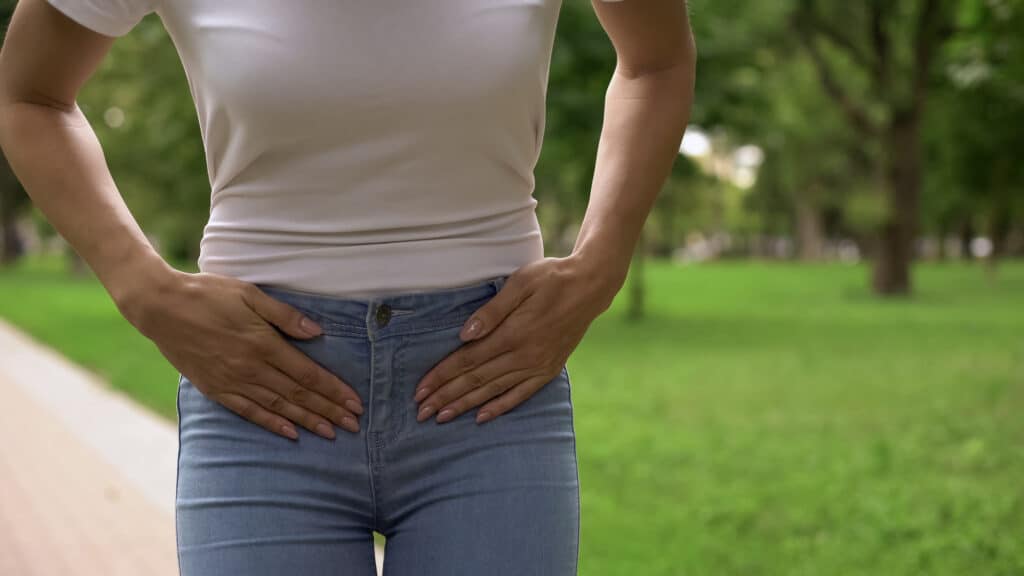Have you been experiencing some abdominal pain recently? Are you unsure what might be causing it and, more importantly, how to make it disappear?
If so, you’re not alone. Abdominal pain is a common symptom that many women experience at one time or another in their lives.
However, figuring out the cause can feel daunting and overwhelming. But understanding the various potential causes of lower abdominal pain is essential to take control and get on top of your symptoms.
This blog post discusses everything from what might be behind your discomfort to tips for finding relief and managing your condition. It’s an insightful look into what could be causing recurring lower abdominal pain and, like all our blog posts, contains essential information to keep you healthy and happy.
More Blogs From Nancy Branberg
What Are The Symptoms Of Pelvic Inflammatory Disease?
What’s Causing My Period Cramps? How Can I Get Help?
What’s Causing My Lower Abdominal Pain?
What Causes Lower Abdominal Pain?
We’ve all experienced a tummy ache at some point, but when should you start to worry?
Lower abdominal pain in women is surprisingly common and can have several causes. Before we jump into possible causes of your lower abdominal pain, let’s look at what it feels like to experience this discomfort.
The most common symptom of lower abdominal pain is an ache or cramp-like sensation near your pelvis or belly button that may worsen with movement. It could also include sharp pains in certain areas and even tenderness to the touch.
Knowing how the symptoms feel can help us narrow down possible causes and decide how best to manage them.
It’s important to listen to your body and take notice of any persistent pain or discomfort. While some stomach aches come and go, others may require medical attention.
The most common reasons for lower abdominal pain in women include menstrual cramps and menstrual cycle-related issues, urinary tract infections, pelvic floor problems, constipation, and gas.
However, if the pain is severe and persistent, getting an evaluation and accurate diagnosis from a doctor is essential to rule out more serious conditions such as appendicitis or endometriosis.
Abdominal pain, in general, can be caused by various issues, from something as simple as indigestion to more serious conditions like Chron’s and inflammatory bowel disease. So, what are some warning signs to watch for?
Common symptoms include nausea, vomiting, diarrhea, constipation, and bloating. Additionally, if the pain starts suddenly or is severe, if you have a fever, or if you notice blood in your stool, it’s time to seek medical attention.
Lower abdominal pain can be tricky to diagnose. Still, your doctor can determine the root of the issue with the right tests.
They may suggest getting a blood test to check for signs of infection or inflammation. They may also suggest tests, like an X-ray, pelvic ultrasound, or CT scan, to closely examine your abdominal area.
These can help identify blockages or abnormalities that could be causing your pain. Additionally, your doctor might perform a physical examination, feeling your stomach to check for tenderness or swelling.
So, if you have any lower abdominal pain, we recommend you consult a pelvic floor physical therapist or your family physician for a full evaluation.
But for information purposes only, here is a more detailed breakdown of the most common causes of lower abdominal pain in women:
Endometriosis:
A condition where tissue like the womb’s lining grows outside of it elsewhere in the body. Endometriosis is a health condition often unnoticed or misdiagnosed due to its subtle yet painful symptoms.
It occurs when the tissue that lines the inside of the uterus starts to grow outside of it, causing pain and discomfort in the pelvic and lower abdominal region, especially during menstruation. Unfortunately, it’s not rare, affecting one in ten women worldwide.
The good news is that effective treatments are available to manage the condition and reduce its symptoms.
Physical therapy can be especially helpful. It’s essential to seek medical attention if you experience unusual pelvic pain or other symptoms related to your menstrual cycle. We must raise awareness about endometriosis so women can recognize the symptoms and seek effective treatment.
Pelvic Organ Prolapse:
Happens when the muscles, ligaments, and connective tissues supporting the bladder, uterus, or rectum weaken and allow the organs to protrude into the vaginal wall.
Have you been feeling a heaviness or pressure in your lower abdomen? Struggling with bladder or bowel control issues?
If so, you may be experiencing pelvic organ prolapse. This common condition affects many women, especially as they age or after childbirth.
You may feel pressure or discomfort in your pelvic region or even see or feel a bulge. Symptoms can vary from mild discomfort to serious health complications, but it’s important to know that treatments are available.
From pelvic floor physical therapy, exercises, and lifestyle changes to surgical options, there are many ways to manage the condition and restore your quality of life.
Urinary Tract Infections:
When bacteria travel through the urethra and into the bladder. When it comes to urinary tract infections, none of us want to start feeling that uncomfortable burning sensation down there. But let’s be real.
These pesky infections happen to the best of us. They occur when bacteria somehow make their way up through the urethra and into the bladder, leading to that all-too-familiar feeling of needing to pee every five seconds.
But don’t worry. You can do many things to prevent and treat urinary tract infections if they occur.
Pelvic Inflammatory Disease (PID):
An infection that affects the female reproductive organs and can cause inflammation and pain. Pelvic Inflammatory Disease, often shortened to PID, is an infection that can impact the reproductive organs and cause pain and inflammation.
While it can be caused by various things, including sexually transmitted infections, the result is the same – discomfort and possible complications that can impact your fertility and overall health.
It’s important to seek medical attention if you suspect you may have PID, as early intervention and treatment help reduce symptoms’ severity and prevent complications.
So don’t hesitate – if you’re experiencing lower abdominal pain or discomfort in your pelvic area and suspect something might be wrong, be sure to get checked out as soon as possible.
Kidney Stones:
These are hard deposits of natural minerals that form in the urinary tract, leading to pain. Do you experience pain so excruciating that it makes you cry? Well, that’s exactly how it feels when you have kidney stones.
These tiny but mighty hard deposits made up of minerals can form in your urinary tract, causing immense pain that you can’t even imagine.
Trust me. It’s like passing a sharp stone through your body. It’s not a pleasant experience. But don’t worry. If you feel like you’re experiencing these symptoms, it’s best to get it checked by a doctor. Early detection and prompt treatment can save you from the pain of passing a kidney stone.
Appendicitis:
A bacterial appendix infection can cause severe pain in your lower right abdomen. Do you get a sharp, intense pain in your lower abdomen on the right-hand side? It could be a sign of appendicitis, a bacterial infection of your appendix.
This small, thin, tube-like organ is at the end of your large intestine. It can become inflamed if bacteria get trapped inside.
The pain can be excruciating and may worsen if you move or cough. Other symptoms of appendicitis include nausea, vomiting, and fever.
It’s important to seek medical attention immediately if you suspect you have appendicitis since it can lead to complications and surgery if left untreated.
Intestinal Blockage:
Gas or stool being stuck in the intestines can cause cramping and bloating in the lower abdomen. Do you get really bad cramping and bloating in your abdomen?
It’s not always easy to pinpoint the cause, but one possibility is an intestinal blockage. This happens when gas or stool gets stuck in your intestines, which can be uncomfortable.
You might need to go to the bathroom, but nothing happens. Or you’re passing gas a lot, but it’s not helping to relieve the pressure.
Either way, it’s important to seek medical attention if you suspect that you have an intestinal blockage. You don’t want to let this go untreated, which could lead to serious complications. So, talk to your doctor.
How To Prevent Lower Abdominal Pain
You can try some tips to prevent and relieve lower abdominal/pelvic pain. First and foremost, it’s important to stay hydrated and eat a healthy, fiber-filled diet to avoid constipation and inflammation.
Stress-relieving activities like yin yoga or meditation can also help ease tension in your pelvic floor muscles and the lower abdominal area.
But the best prevention, particularly for pelvic organ prolapse, recurrent UTIs, and other pelvic floor-related conditions, is regular physical therapy sessions to work on your pelvic floor health.
Pelvic floor physical therapy involves exercises to strengthen and restore function to your pelvic muscles, which can relieve pelvic and lower abdominal pain. You can book a free initial consultation with us here.







